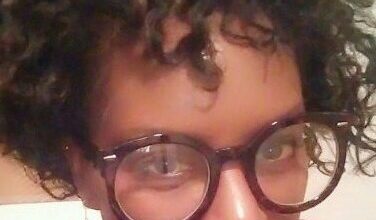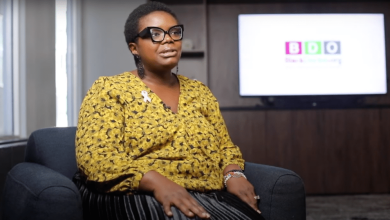This Initiative is Revolutionizing Cancer Treatment for Black Communities
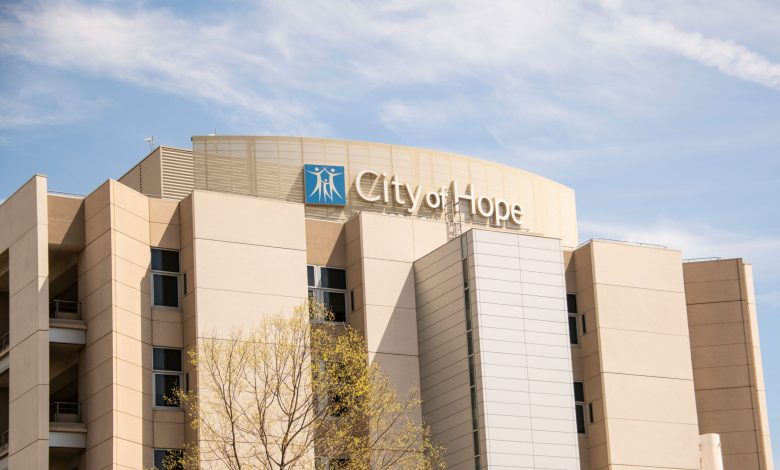
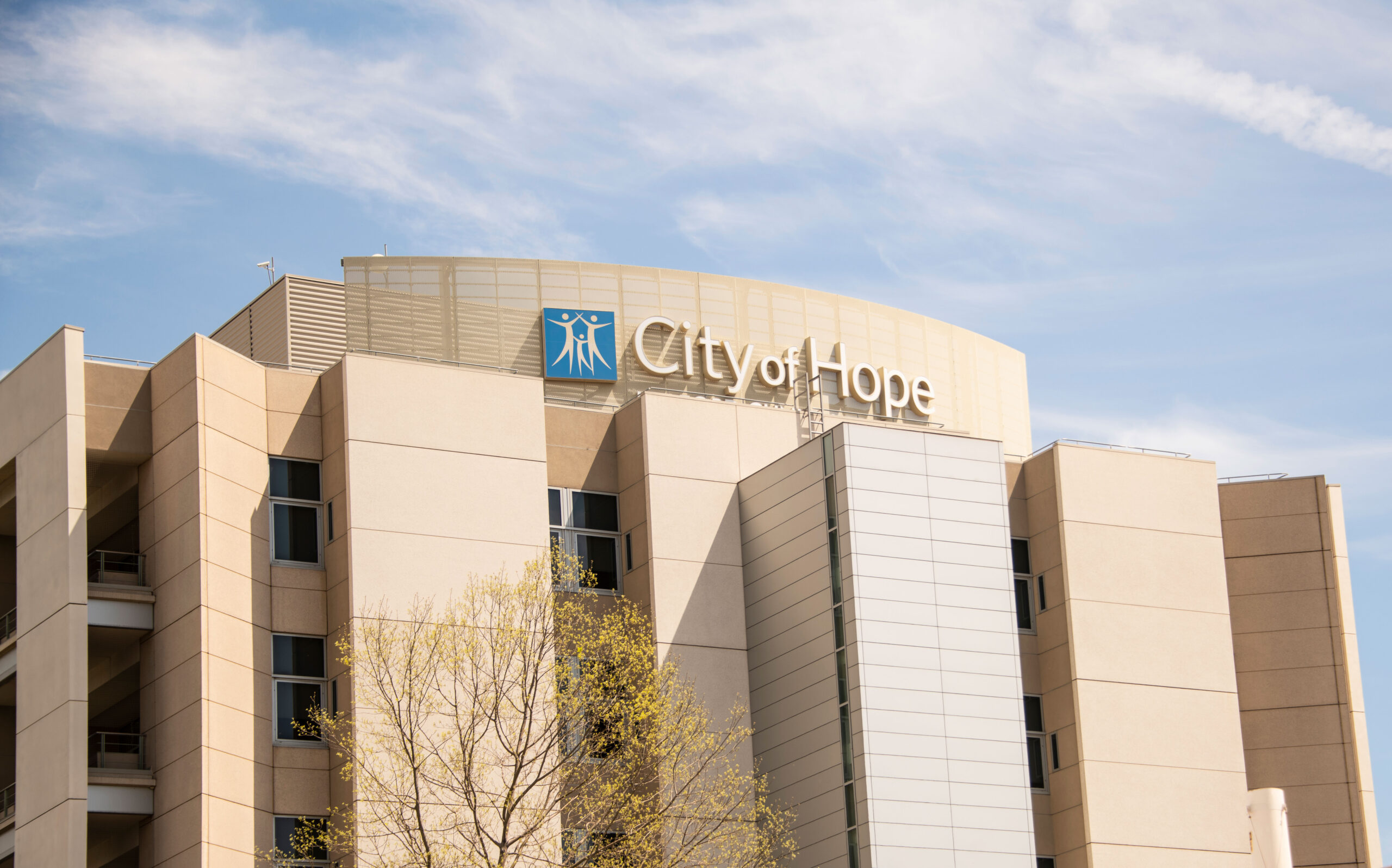
The medical field has long grappled with a lack of diversity, an issue that has far-reaching implications for healthcare outcomes. To address this, City of Hope, a leading cancer research and treatment organization, has partnered with Charles R. Drew University of Medicine and Science, an institution renowned for its commitment to training health professionals from underrepresented communities. This collaboration aims to diversify the future of specialized medical fields by providing opportunities for medical students, particularly those from minority backgrounds, to engage in specialized medicine and research.
The Birth of a Transformative Partnership
The partnership between City of Hope and Charles R. Drew University was inspired by the urgent need for greater representation in cancer care and research. After the murder of George Floyd and the subsequent rise in medical school enrollments, it became clear that more needed to be done to ensure that students from diverse backgrounds could see a pathway to specialized medicine.
City of Hope’s goal with this partnership is to offer internships, curriculum training, mentorship, and joint research projects that will help students navigate the complex fields of oncology and diabetes research.
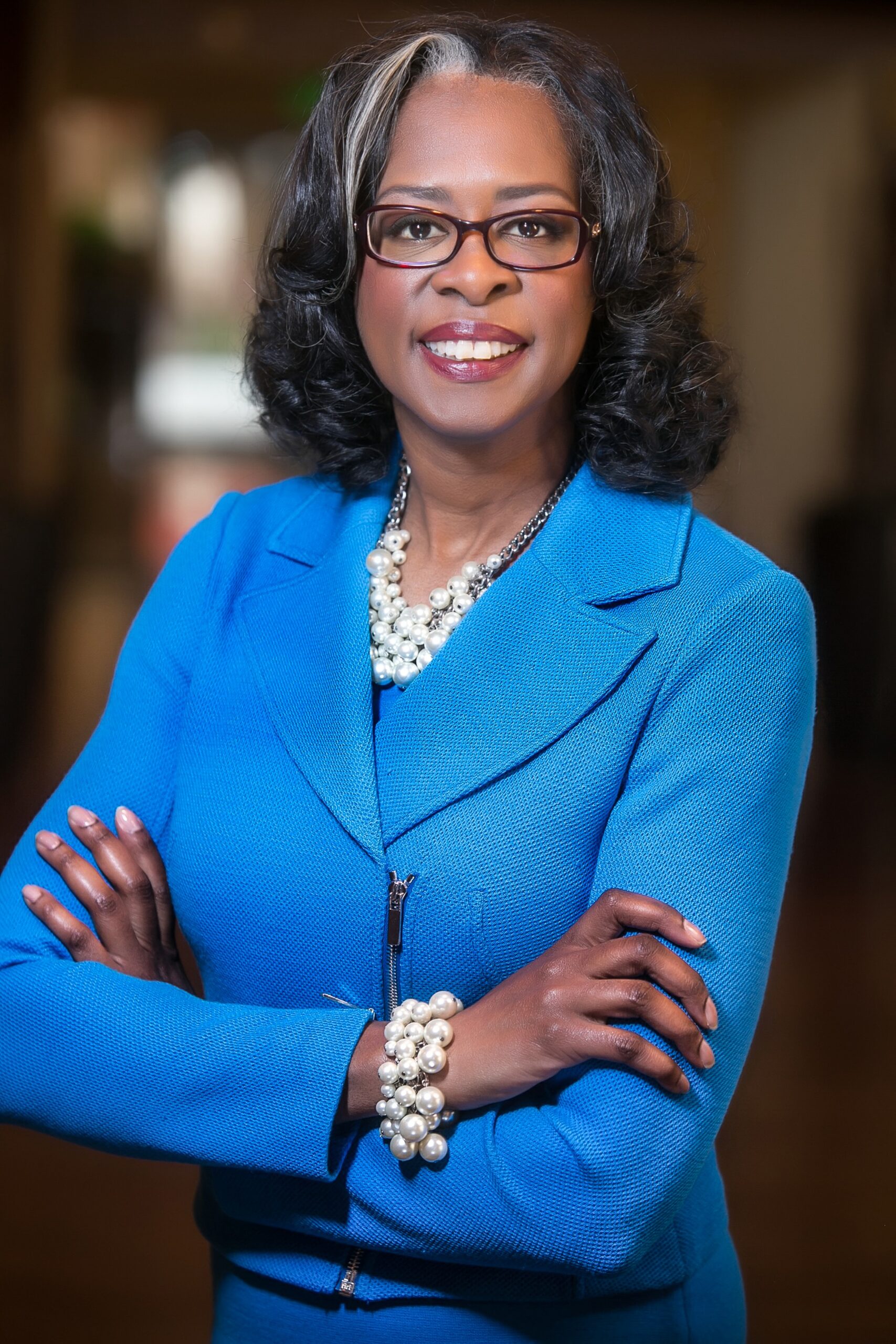
Angela Talton’s Role in the Initiative
Angela Talton, the System Senior Vice President and Chief Diversity, Equity, and Inclusion Officer at City of Hope, plays a pivotal role in this partnership. Her work spans leadership development, training in diversity, equity, and inclusion (DEI), and promoting health equity in patient care.
Under her leadership, City of Hope has achieved leader status with the Human Rights Campaign’s Healthcare Equality Index for six consecutive years, demonstrating a sustained commitment to creating an inclusive atmosphere for patients.
Talton is also responsible for overseeing community benefit programs, ensuring that City of Hope gives back to the community, particularly those in vulnerable populations. Her work is central to the partnership’s mission to provide practical mentorship and hands-on experience to students, helping to bridge the gap between education and real-world medical practice.
“One of the things that attracted us to Charles Drew University was its student demographics. As an HBCU and an MSI (Minority-Serving Institution), they have a student body that is 35.5 percent Black/African American, 25.1 percent Hispanic/Latinx, and 20.7 percent Asian. The proximity of their campus to ours also allows for in-person interactions, which we believe are key to creating impactful experiences,” Talton tells BlackDoctor.org.
A Focus on Education and Research
A key component of the partnership is the development of a four-week course that will be integrated into the curriculum at Charles R. Drew University. This course will cover critical topics such as cancer incidence rates, health equity, and DEI in healthcare.
“We want to provide students with insights into our work in oncology and diabetes across multiple service lines. The program will include both in-person and virtual experiences, joint research projects, and mentoring opportunities. The curriculum will offer both clinical and research tracks through a summer internship, covering topics like cancer incidence rates, health equity, and DEI (Diversity, Equity, and Inclusion) issues in healthcare. Mentorship and coaching will also be integral parts of the program, leveraging our graduate medical education resources,” Talton adds.
The collaboration also includes joint research projects between the two institutions, with the goal of addressing health disparities in diverse communities.
Addressing Health Disparities
One of the most pressing issues the partnership aims to tackle is the health disparities that exist in cancer treatment outcomes among different demographic groups. For example, Black men and women have significantly higher risks of dying from prostate and breast cancer, respectively, compared to their white counterparts. Similarly, Hispanic women experience higher rates of stomach cancer and related deaths.
“At City of Hope, we prioritize sharing our knowledge with diverse communities and making it clear that our goal is to find a cure for everyone, not just a small subset of the population. We focus on identifying alternative screening options and treatments that work in specific communities,” Talton says.
City of Hope’s approach to these disparities involves building trust within diverse communities and ensuring that these populations are well-represented in clinical trials. The organization’s Community Outreach and Engagement Program, supported by a multi-ethnic advisory board, plays a crucial role in this effort by identifying opportunities for education, screening, and treatment in underserved areas.
Recognition and Future Goals
City of Hope’s dedication to diversity, equity, and inclusion has not gone unnoticed. The organization has been recognized by Fair360 as one of the top hospitals in the nation for its work in these areas. This recognition is a testament to the comprehensive approach City of Hope takes, which includes human capital metrics, leadership accountability, talent programs, and more.
“We’re proud to have been ranked as the number two hospital and healthcare system focused on diversity, equity, and inclusion. Over the past four years, we’ve moved up the ranks from number eight to number two. This recognition covers six key areas: human capital metrics, leadership accountability, talent programs, workforce practices, supplier fairness, and philanthropy,” Talton shares. “This recognition reflects our focus on inclusivity and health equity, which have been part of City of Hope’s DNA since its founding in 1913. We’ve built a training program around DEI in partnership with the Kaleidoscope Group, a minority business enterprise. The training includes interactive modules, role-playing, and real-life scenarios across clinical, research, and administrative interactions. The goal is not just to understand unconscious bias intellectually, but to actively work towards becoming more consciously inclusive.”
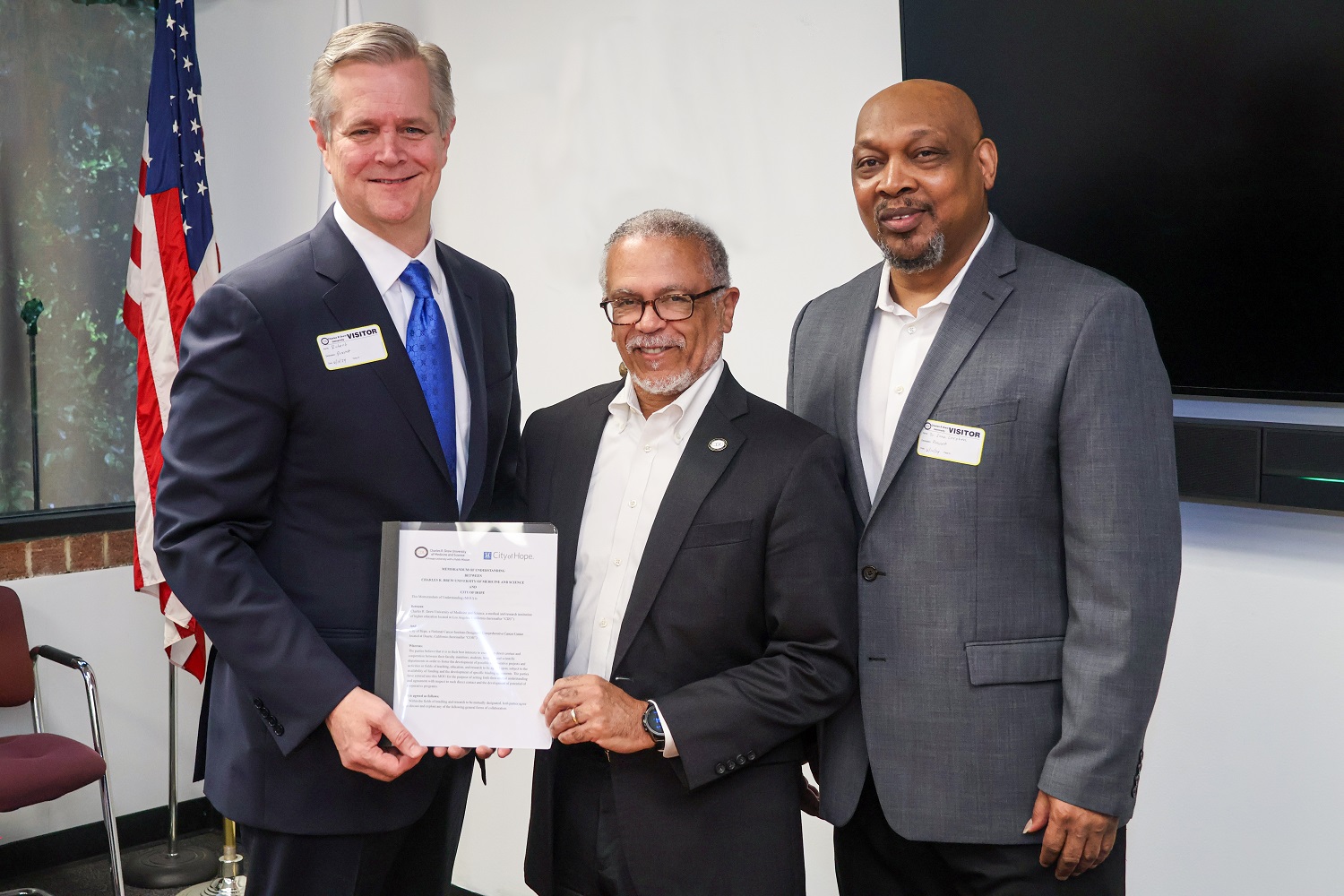
Looking ahead, the partnership with Charles R. Drew University is seen as a blueprint for future collaborations with other historically Black colleges and universities (HBCUs) and minority-serving institutions (MSIs). With City of Hope’s expansion into locations such as Atlanta, Chicago, and Phoenix, there are plans to replicate this program, offering similar opportunities to students across the country.
“One of our long-term goals is to foster innovative research and educational opportunities, particularly in the community, to address health disparities. We want to open more doors to sharing data and promoting diversity in specialized medical fields,” she notes.
Advice for Aspiring Advocates
For those interested in advocating for more inclusive medical education and better healthcare in their communities, Talton offers some practical advice.
“I would advise engaging with community advocacy groups, attending town halls, and reviewing community health needs assessments from local hospitals. These are often public documents that outline the needs and initiatives in the community,” Talton says.
Moreover, Talton encourages individuals to explore initiatives like the Cancer Care is Different coalition, which calls for systemic changes to help underserved populations access specialized cancer care. By staying informed and engaged, you contribute to the ongoing efforts to create a more equitable healthcare system.

